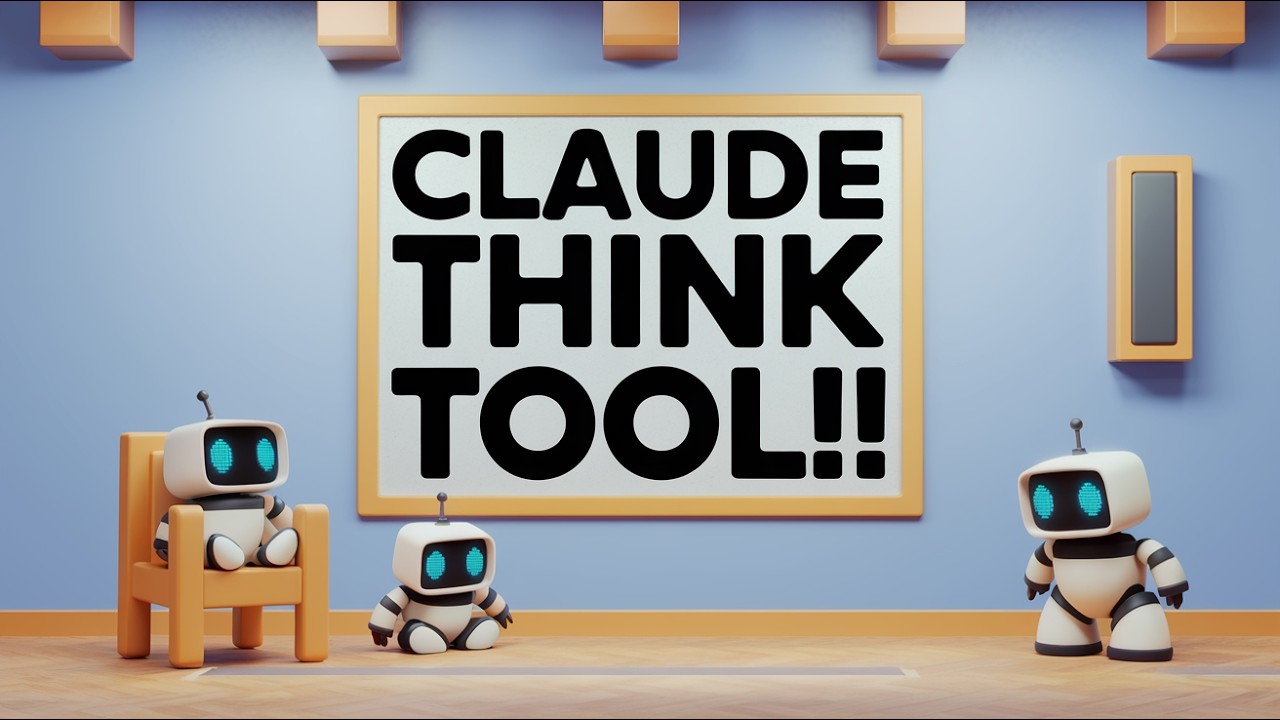The video introduces Anthropic’s “think tool,” designed to enhance the AI model Claude’s performance in complex tool-calling scenarios by allowing it to pause and reflect during response generation. It highlights the tool’s effectiveness in multi-step conversations and intricate tasks, while also providing performance comparisons that demonstrate its superiority in complex situations over simpler tasks.
The video discusses the recent launch of the “think tool” by Anthropic, which is featured in their Engineering blog. This tool is designed to enhance the capabilities of their AI model, Claude, particularly in complex tool-calling scenarios. Unlike the extended thinking capability, which focuses on preparation before generating a response, the think tool allows Claude to pause during the response generation process. This additional step enables the AI to assess whether it has sufficient information to proceed, making it particularly beneficial for multi-step conversations and intricate tool interactions.
The think tool functions as a designated space for Claude to reflect on its current understanding and reasoning before finalizing an answer. It is recommended for use in complex situations where multiple tools are involved or where careful analysis of outputs is required. For simpler tasks, the extended thinking capability is still preferred. The video emphasizes that the think tool is particularly effective in scenarios that demand complex reasoning or when cache memory is needed.
An example is provided in the video, demonstrating the think tool’s application in solving a multiplication problem. The presenter shares that the tool does not gather new information or alter the database but simply appends thoughts to the log. This feature allows users to customize the tool’s definition for specific domains, enhancing its versatility in various applications, including coding and mathematical tasks.
The video also presents performance analysis results comparing different configurations of Claude’s capabilities. The baseline, which lacked both the think tool and extended thinking, performed the worst, while the combination of the think tool and an optimized prompt yielded the highest accuracy. Extended thinking alone was the second-best performer, and the think tool by itself showed lower performance in simpler tasks, indicating its strength in more complex scenarios.
Finally, the presenter encourages viewers to explore the think tool and its implementation, noting that the code is available for free on their Patreon page. They also promote their THX lab meetings and the THX cursor course, which offers extensive resources for those interested in AI-assisted coding. The video concludes with an invitation to visit their website for more content and code downloads, emphasizing the benefits of joining their community for further learning and support in AI development.
